Modern Slavery
Introducing the Issue
Are there slaves in your supply chain? Modern slavery is a multibillion dollar shadow industry enslaving people through supply chains in developed and developing nations alike. It encompasses child slavery, bonded labour, forced and compulsory labour, descent-based slavery, early and forced marriage, and human trafficking.
Are your company’s value chains free of Modern Slavery?
What is your company’s current exposure to and response to modern slavery? Do you have policies or practices developed? Have you simply taken a position? Perhaps this isn’t an issue that you need to worry about right now?
We’ve developed benchmarks that attempt to define Poor, Okay, Good and Excellent company performance standards on modern slavery. You are invited to assess your business against them, for free and without obligation.
Select the statement below which most closely applies to your business, and then explore the linked survey. Anything you input remains strictly confidential to you unless you specifically choose to use it as part of a written account or story, which you may later choose to share internally or externally. Any responses you submit will also contribute to our shared knowledge and understanding of this important issue – thank you.
Excellent
Our business has eradicated modern slavery from its value chains to the fullest possible extent. We are fully transparent and surpass all applicable compliance standards.
Good
Our business combats modern slavery and offers routine training for employees and partners on modern slavery risks. We transparently communicate efforts through public reports and are open about the constraints limiting further action.
Okay
Our supplier audits are sporadic, with limited traceability efforts. We have minimal training on modern slavery, and disclosures are lacking. Improvement is needed in consistency and transparency. Or we explain how this issue is neither relevant nor material to our operations.
Poor
We neglect supply chain responsibility. We undertake no due diligence when taking on new suppliers. We offer no training and no awareness programs on modern slavery.
Exploring the Issue
Modern Slavery is a widespread, complex global human rights abuse that takes a number of different forms. It encompasses child slavery, bonded labour, forced labour, descent-based slavery, and human trafficking. The 2018 Global Slavery Index estimates there are 40.3 million people living in some form of modern slavery globally. It is worth noting that estimates are difficult and certainly under-representative of the true nature of slavery, given its underground nature. The numbers that international organisations are able to uncover are simply the tip of the iceberg when it comes to the actual number of victims. If you are interested in learning more about the different forms of slavery including where they are most often found and what sectors they are most prevalent in, please look in the additional resources section of the Trumpet for a break down of each type.
According to the International Labour Organisation’s (ILO) most recent figures, there are over 21 million victims of forced labour today, with 16 million of those working in the private economy – primarily in agriculture, construction, domestic work, manufacturing, mining and utilities – and it has become increasingly clear from both government and civil society perspectives that business must play an integral role in the fight against this global crime.
Abuse of labour is not an issue limited to developing countries. Statistics from the International Labour Organisation from 2012, finds that the Asia-Pacific region accounts for the largest number of forced labourers in the world at 56% of the global total, followed by Africa and Latin America. However, the profits that come from modern slavery do not always line up equally with the regions where slavery is most common. Based on the 2014 Global Estimate of Human Trafficking, the ILO has calculated that illicit profits from the use of forced labour in the private economy amount to US $150.3 billion, 46.9% of which comes from the profits of developed economies like the US, the UK, and the EU.
Using the United Kingdom as an example, Parliament passed The Modern Slavery Act into Law in 2015 that required ‘commercial organisations’ with a turnover of more than £36 million to publish an annual statement on slavery in their organisation and supply chains. Despite this, the NRM is now reporting similar numbers of trafficking cases in one quarter as they used to in an entire year. Estimates of trafficking victims in the UK had ranged from 10,000 to 13,000, but this is likely a gross underestimate of the true numbers. The very nature of slavery as it exists today requires it to operate within the shadows of society. Traffickers take advantage of industries with little to no regulation in order to hide victims in plain sight and use trauma and fear to prevent victims from asking for help. Traffickers know how to cover their tracks so effectively that even the most well-intentioned businesses may uncover forms of slavery within their operations.
Definitions
Modern slavery is a widespread, complex global crime taking a number of different forms. It encompasses child slavery, bonded labour, forced and compulsory labour, descent-based slavery, early and forced marriage, and human trafficking.
Bonded labour is the most widespread form of slavery in the world. A person becomes a bonded labourer when their labour is demanded as a means of repayment for a loan.
Child Labour is the exploitation of children through any means that deprives children of their childhood, interferes with their ability to attend school, and is mentally, physically, and morally harmful. It is not slavery, but nevertheless hinders children’s education, development and future livelihoods.
Child Slavery refers to any institution or practice whereby a child or young person under the age of 18 years, is delivered by either both of his natural parents or by his guardian to another person, whether for reward or not, with a view to the exploitation of the child or young person of their labour”.
Child Work refers to some types of work which make useful, positive contributions to a child’s development. If children help out in a family farm or business, the tasks they do must be safe and suited to their level of development and comply with national labour laws. Children’s work should not jeopardise any of their other rights, including the right to education, or the right to relaxation and play.
Descent-based Slavery describes a situation where people are born into a slave class, caste or group viewed as being in slavery by other members of their society.
Direct Involvement occurs by employing a trafficked or exploited person within the business or through a subcontractor or recruitment agency
Early and Forced Marriage can be said to be slavery if the victim:
- has not given their free and informed consent to enter the marriage
- is subjected to control a sense of “ownership” in the marriage itself (through abuse, threats, exploitation to undertake domestic chores within or outside the marital home and/or engage in non-consensual sexual relations)
- cannot realistically leave or end the marriage, leading potentially to a lifetime of slavery
Forced Labour is when all work or service which is exacted from any person under the menace of any penalty and for which the said person has not offered himself voluntarily.
Human Trafficking is the recruitment, transportation, transfer, harbouring or receipt of persons, by means of the threat or use of force or other forms of coercion, abduction, fraud, deception, abuse of power. It can also be performed by means of a position of vulnerability, giving or receiving payments, or through benefits to achieve the consent of a person having control over another person for the purpose of exploitation. Exploitation shall include, at a minimum, the exploitation of the prostitution of others or other forms of sexual exploitation, forced labour or services, slavery or practices similar to slavery, servitude or the removal of organs.
Indirect Involvement occurs through illegal subcontracting within the supply chain or through use of products or materials which have been produced by people under conditions of forced labour.
Involvement By Association is where trafficking occurs within the local area as the result of a company’s operations, or as a secondary consequence of a company’s actions.
The Kafala system is a system where sponsors have a set of legal abilities to control workers: without the employer’s permission, workers cannot change jobs, quit jobs, or leave the country.
Transparency in Supply Chains is Part 6 of the Modern Slavery Act 2015 (United Kingdom), which seeks to address the role of businesses in preventing modern slavery from occurring in their supply chains and organisations by requiring business to provide a statement every financial year. Guidance has been published to assist businesses reporting on their supply chain.
Links & Further Resources
ARTICLES
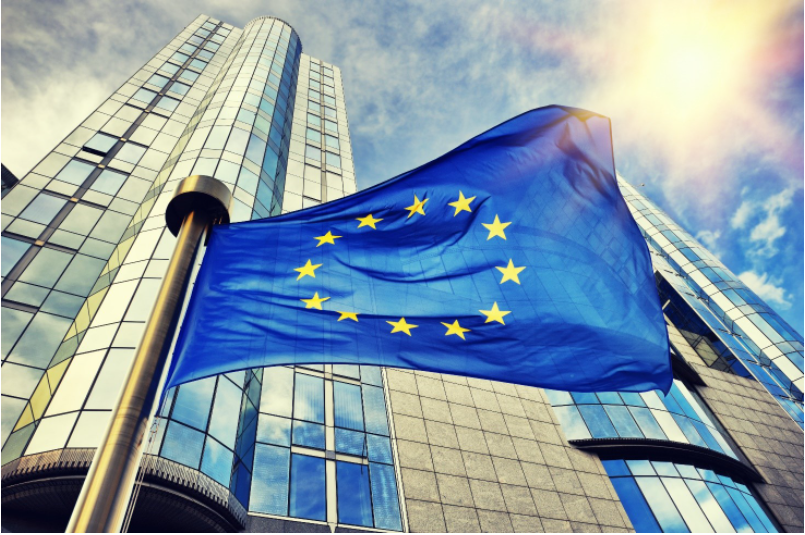
EU Due Diligence Law
Anti-slavery
In 2021, the ILO and Cartooning for Peace held a competition to raise awareness, inspire action and emphasize the urgent need to eradicate this severe violation of human rights.
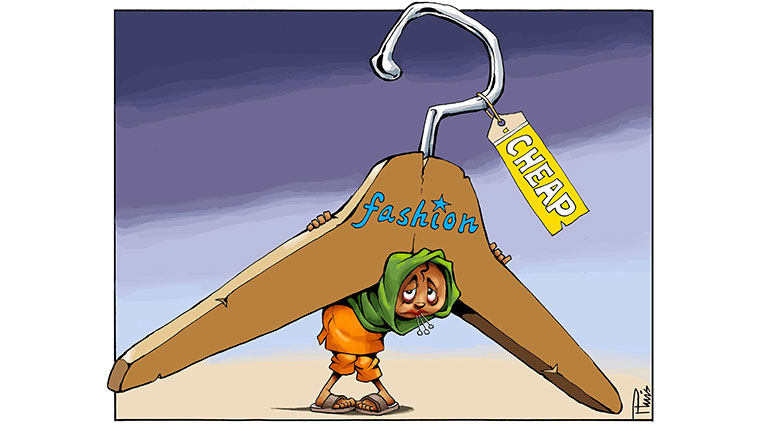
What If Your Pencil Was A Tool Against Forced Labour?
International Labour Organisation
In 2021, the ILO and Cartooning for Peace held a competition to raise awareness, inspire action and emphasize the urgent need to eradicate this severe violation of human rights.
RESOURCES
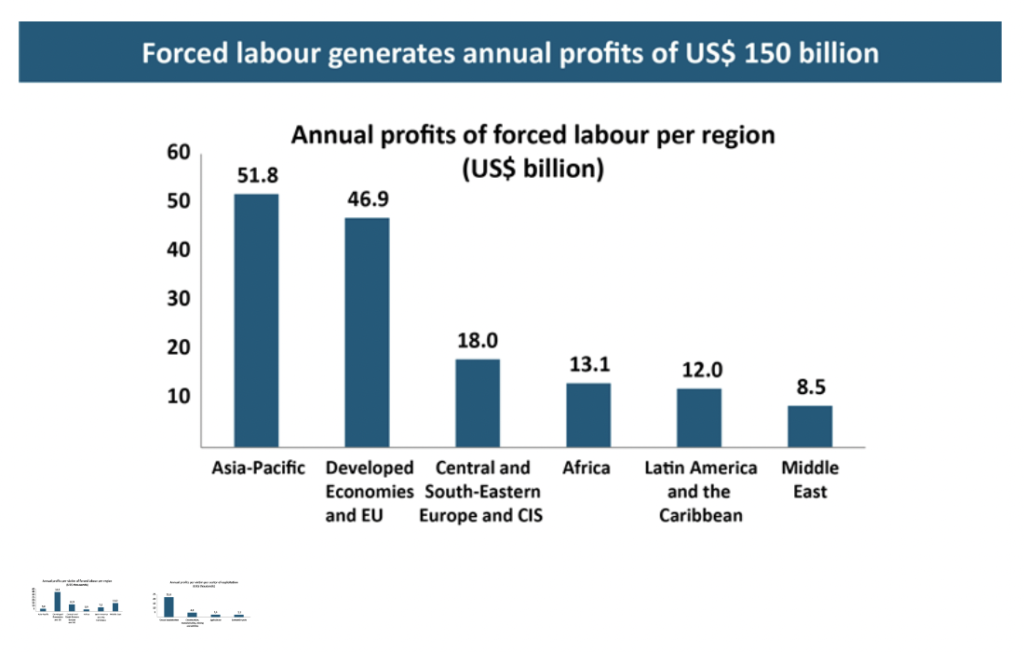
ILO Statistics On Forced Labour, Modern Slavery, and Human Trafficking
International Labour Organisation
The International Labour Organisation has been tracking modern slavery and how it impacts business globally. This link will take you to their statistics page where you can see the breakdown of modern slavery by region, form, and industry.
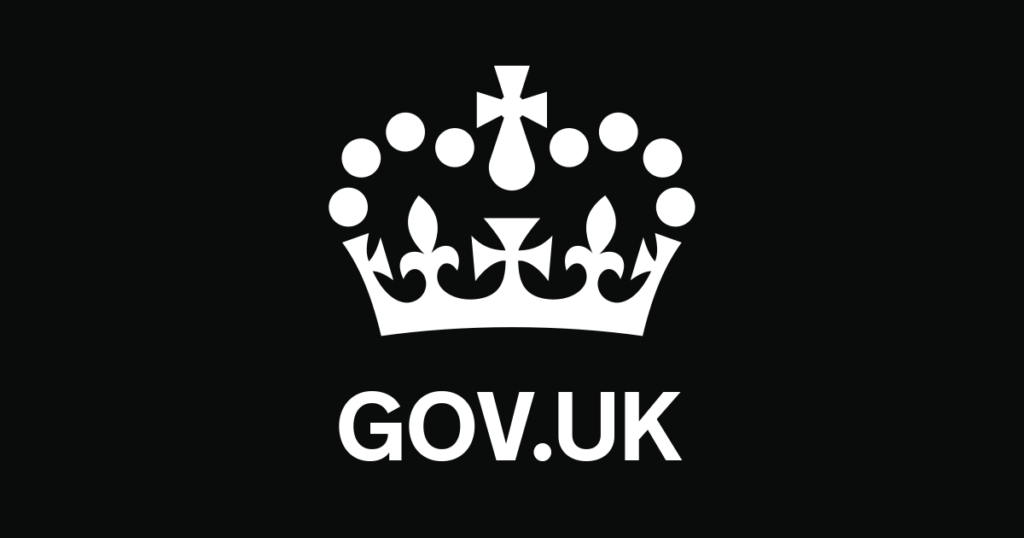
Modern Slavery Act 2015
Government UK
Use this source to read up on the UK’s Modern Slavery Act of 2015. Under the Modern Slavery Act 2015, organisations conducting business in the United Kingdom with worldwide revenues of at least £36 million are required to publish a transparency statement describing the steps they have taken in the last financial year to ensure their business and supply chains are free from modern slavery and human trafficking.
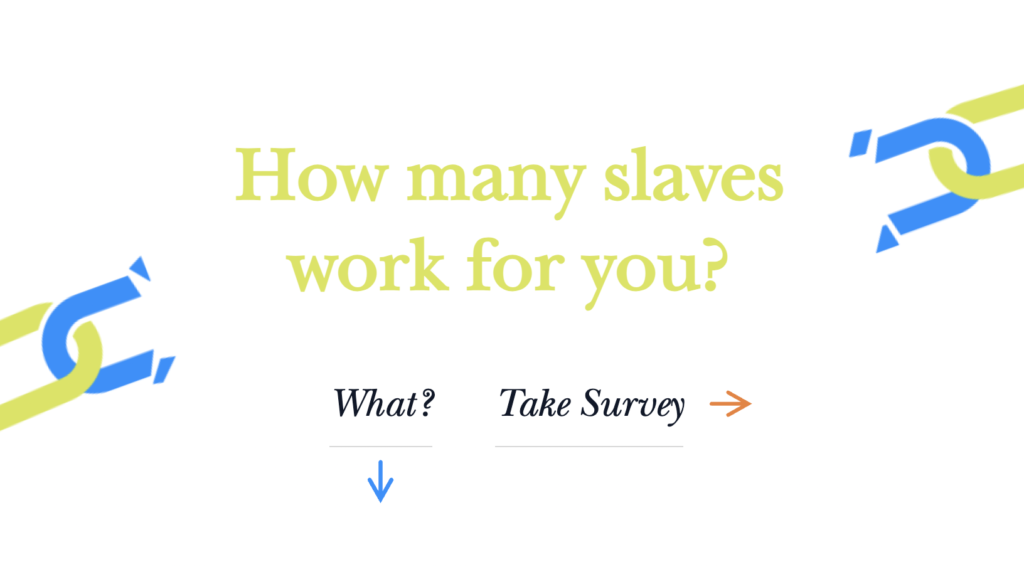
How Many Slaves Work For You?
SlaveryFootprint.org
Just because you don’t see it, doesn’t mean it’s not happening. The Slavery Footprint was developed to help people track how their daily habits perpetuate modern slavery.
VIDEOS
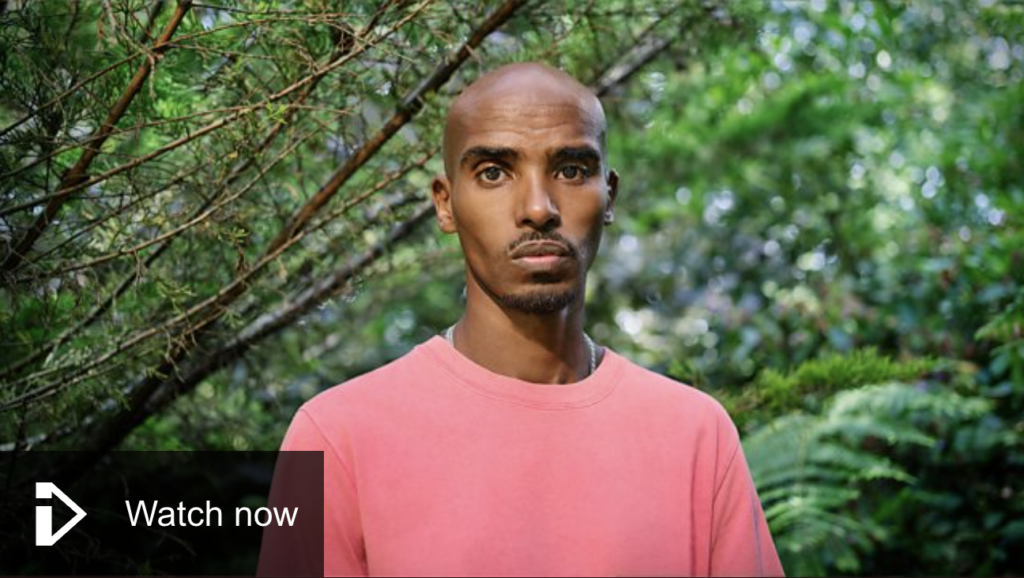
The Real Mo Farah
BBC
2012 Olympian Mo Farah reveals that he was trafficked into the United Kingdom from Somalia as a child. He reveals his experience with trafficking, the impacts that it had on his childhood and the fear of deportation that may come from revealing that he had been trafficked.
